The Arctic region has long captivated explorers and adventurers with its pristine landscapes, unique wildlife, and challenging environments. Modern expedition cruises allow travelers to experience these remote northern territories without sacrificing comfort or safety.
These journeys offer unprecedented access to some of our planet’s most isolated and breathtaking locations. Here is a list of 20 extreme Arctic cruises that take you to the edge of the Earth.
Northwest Passage, Canada

The Northwest Passage is one of maritime history’s most legendary sea routes. It connects the Atlantic and Pacific Oceans through the Canadian Arctic Archipelago. Modern icebreakers now navigate this once-impossible passage during brief summer windows when sea ice temporarily retreats.
Travelers witness spectacular fjords, encounter Indigenous communities, and follow in the footsteps of famous explorers like Franklin and Amundsen, who sought this elusive route.
Svalbard Circumnavigation, Norway
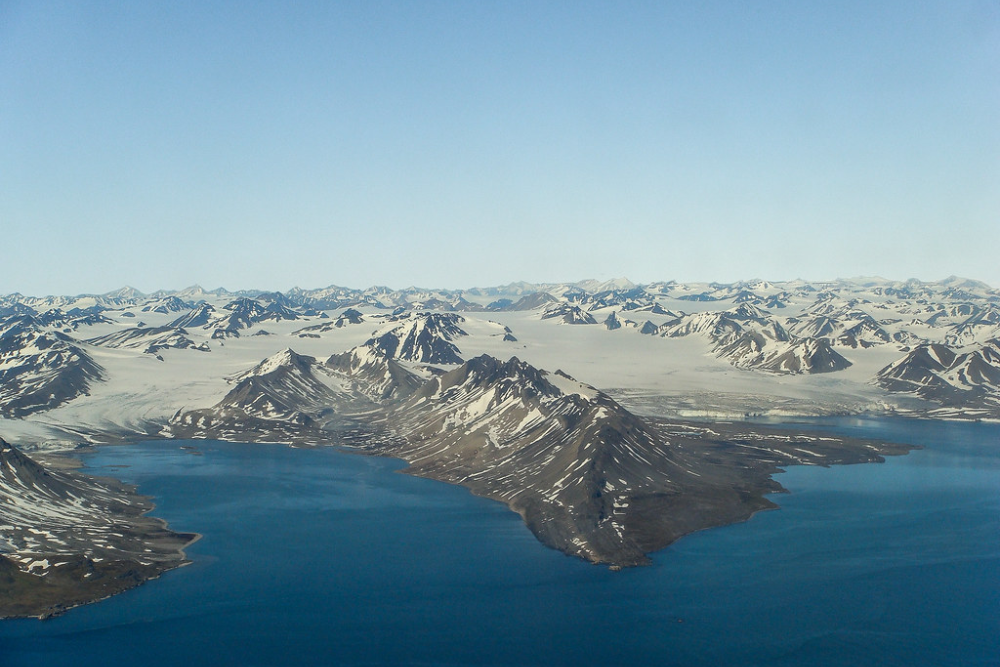
Svalbard’s archipelago is just 650 miles from the North Pole, offering some of the most accessible high Arctic experiences. Expedition vessels navigate around this Norwegian territory’s dramatic coastlines, where towering glaciers meet the sea in magnificent blue walls of ancient ice.
Wildlife sightings frequently include polar bears, walruses, and Arctic foxes against a backdrop of mountains that rise directly from the ocean.
Like Travel Pug’s content? Follow us on MSN.
Franz Josef Land, Russia
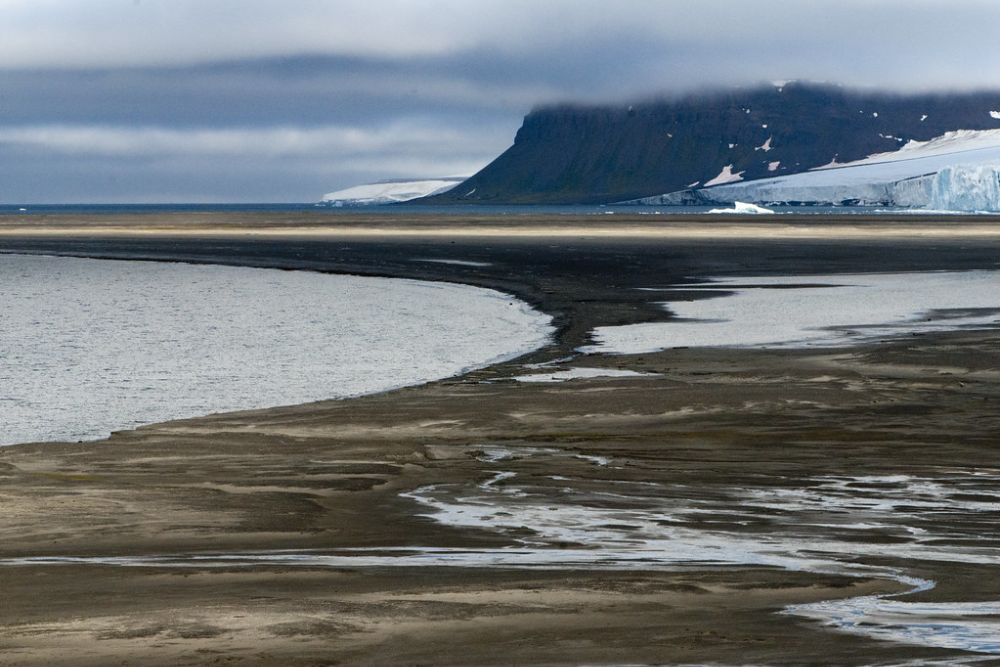
Russia’s Franz Josef Land is one of the most remote archipelagos on Earth. It is composed of 191 islands that remained undiscovered until 1873. Special permits and ice-strengthened vessels are required to access this pristine wilderness, where numerous polar bears roam freely.
The landscape features tabular icebergs, massive glaciers, and fascinating historical sites from early polar expeditions.
Northeast Greenland National Park, Greenland
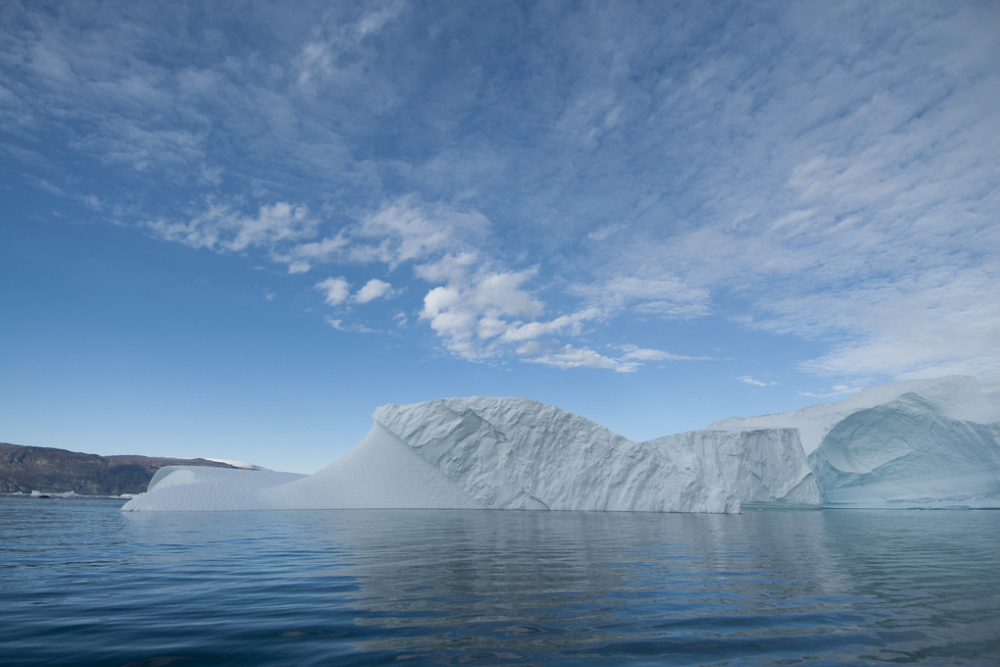
Northeast Greenland National Park claims the title of the world’s largest national park, covering an area larger than most countries. The park remains virtually uninhabited except for scientific research stations and military outposts monitoring this strategic territory.
Cruise passengers witness massive icebergs calving from the Greenland ice sheet, enormous fjord systems, and opportunities to spot musk oxen and polar bears in their natural habitat.
Wrangel Island, Russia
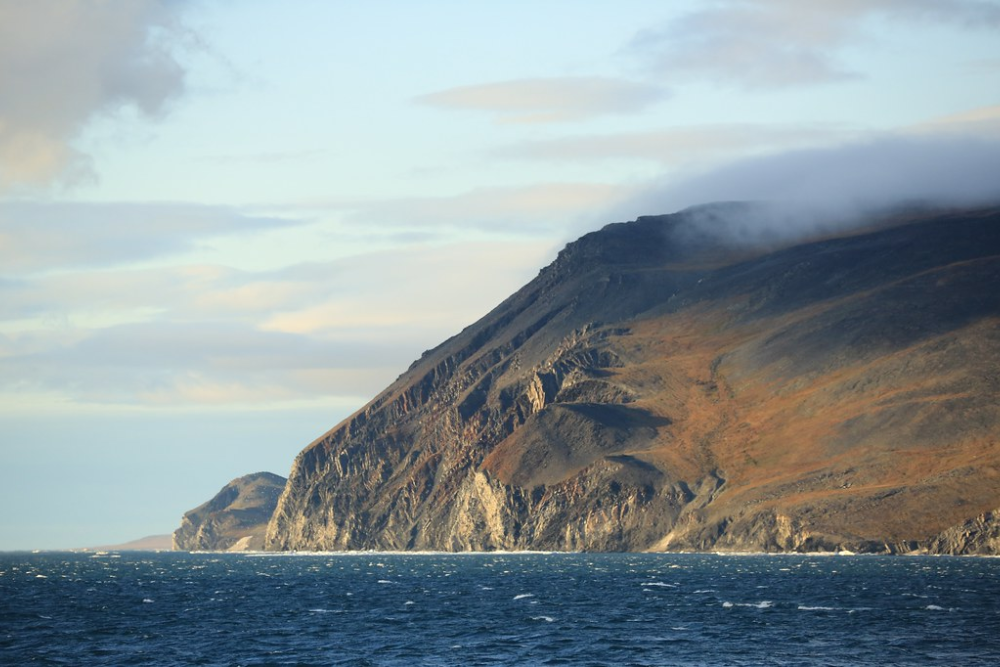
Wrangel Island is a critical sanctuary for polar bears, often called the ‘polar bear nursery’ due to its high maternal density. This Russian nature reserve sits far above the Arctic Circle and remained untouched by the last ice age, preserving unique plant communities and wildlife populations.
During summer, visitors might witness thousands of walruses gathering along the shoreline.
Like Travel Pug’s content? Follow us on MSN.
Scoresby Sound, Greenland
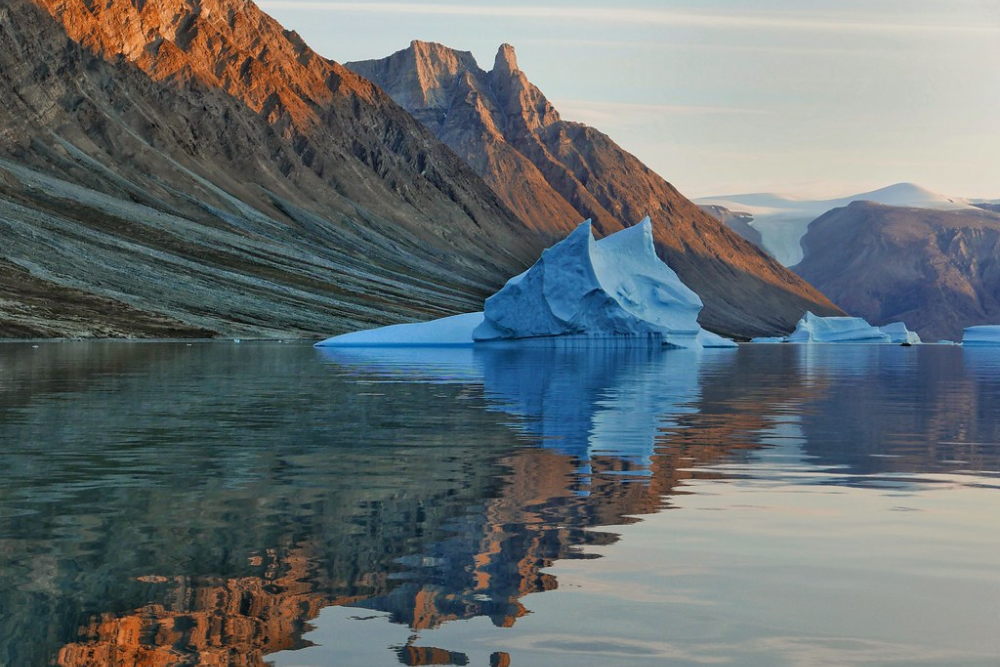
Scoresby Sound represents Earth’s largest and longest fjord system, stretching over 110 miles into Greenland’s eastern coast. The surrounding landscape features massive icebergs, towering basalt mountains, and remnants of ancient Inuit settlements dotting the shoreline.
Summer expeditions navigate through a maze of narrow passages where multicolored icebergs create an otherworldly floating sculpture garden.
Canadian High Arctic, Canada

The Canadian High Arctic encompasses remote outposts like Ellesmere Island and Baffin Island, where polar conditions persist year-round. Communities in this region maintain traditional hunting practices while adapting to modern challenges in one of Earth’s most extreme environments.
Expeditions here often include visits to Inuit settlements, where travelers learn about indigenous knowledge and resilience in the face of climate change.
Northern Sea Route, Russia
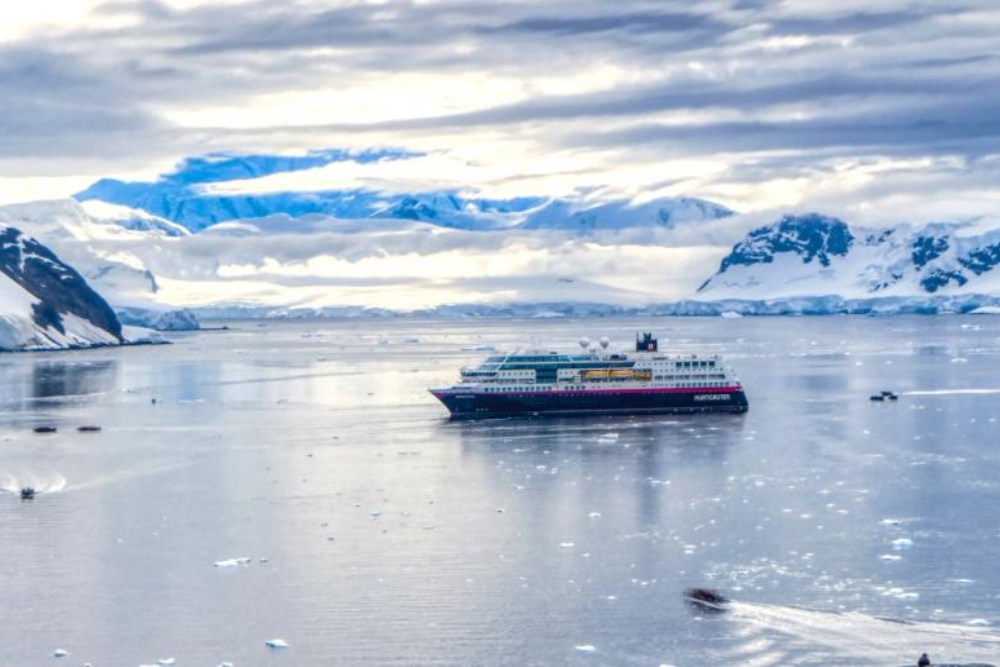
Russia’s Northern Sea Route follows the Siberian coastline, representing a historically significant path that connects European Russia with its Far Eastern territories. This shipping route becomes navigable only during limited summer periods when sea ice temporarily recedes enough for passage.
Cruises along this route visit isolated Russian outposts, witness the midnight sun, and explore areas strictly off-limits during the Soviet era.
Like Travel Pug’s content? Follow us on MSN.
Novaya Zemlya, Russia

Novaya Zemlya consists of two main islands that extend north into the Arctic Ocean, creating a natural boundary between the Barents and Kara Seas. During the Cold War, this archipelago served as a Soviet nuclear testing site, and certain areas only recently reopened to limited tourism.
Visitors can witness dramatic landscapes formed by massive glaciers, spot rare wildlife like ivory gulls, and explore abandoned scientific outposts from the Soviet era.
Jan Mayen Island, Norway
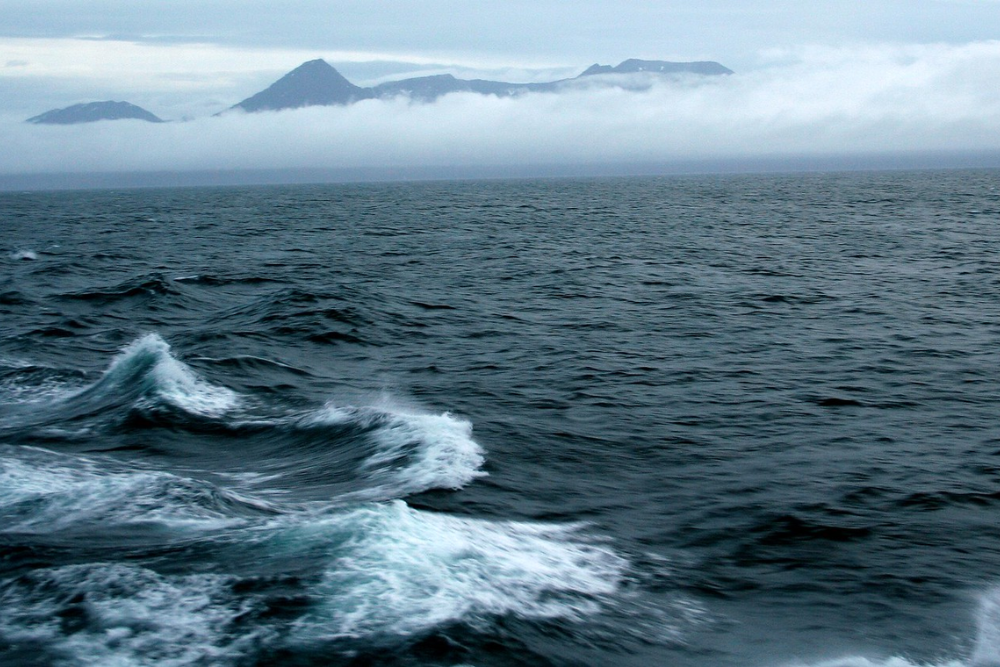
Jan Mayen Island is one of the most isolated volcanic islands on Earth. It is dominated by the 7,470-foot Beerenberg volcano, which rises directly from the ocean.
This Norwegian territory hosts only a small weather station and remains free of permanent human settlements. Expedition cruises make rare landings here when conditions permit, allowing travelers to explore the otherworldly volcanic landscape and observe large colonies of seabirds.
Lofoten Islands, Norway
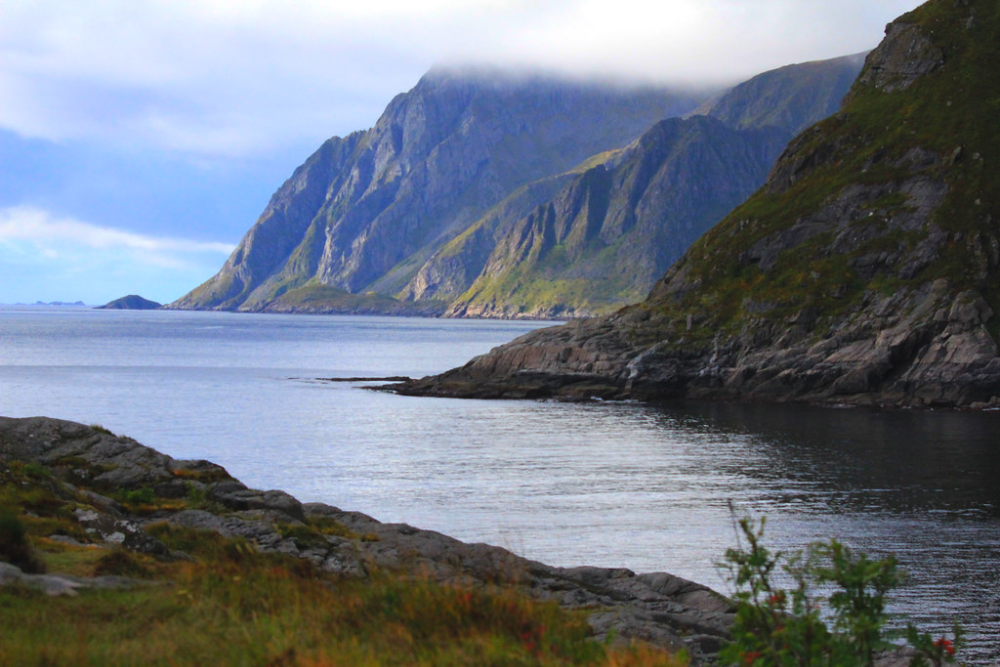
Norway’s Lofoten archipelago sits within the Arctic Circle yet benefits from the warming influence of the Gulf Stream, creating a uniquely habitable Arctic environment. Traditional fishing villages with distinctive red buildings perch dramatically between steep mountains and the sea.
Winter cruises here offer opportunities to witness the northern lights dancing across the night sky above the jagged mountain peaks.
Like Travel Pug’s content? Follow us on MSN.
Chukchi Peninsula, Russia
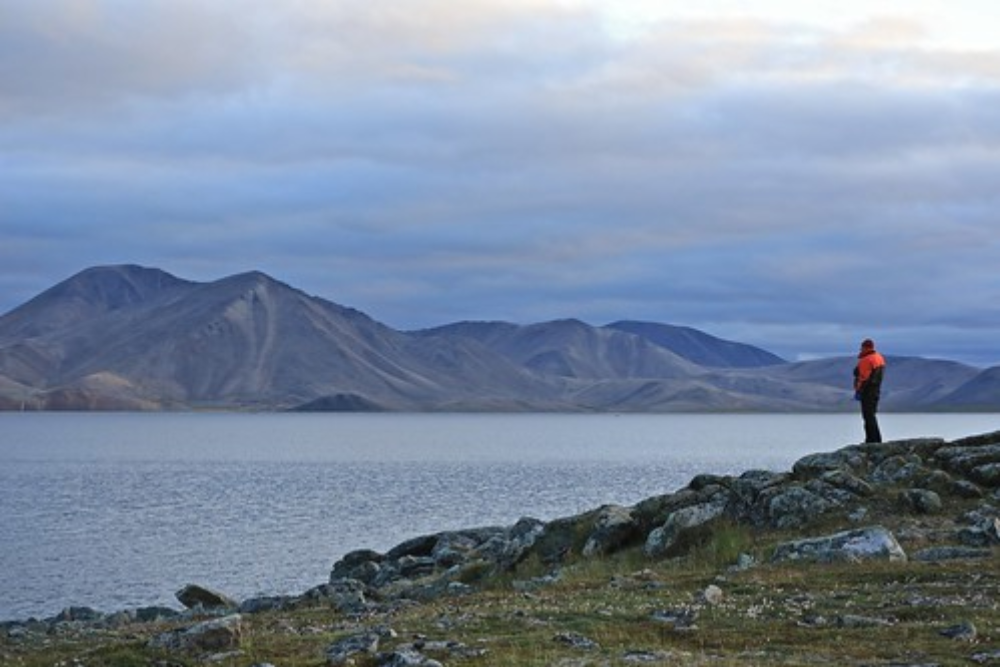
The Chukchi Peninsula forms Russia’s easternmost territory, separated from Alaska by the narrow Bering Strait. Indigenous peoples, including the Chukchi and Yupik, maintain traditional subsistence lifestyles in this harsh region where Asia meets North America.
Expedition cruises visit remote coastal villages where travelers experience cultural performances and witness traditional bone carving techniques passed down through generations.
Baffin Bay, Canada/Greenland
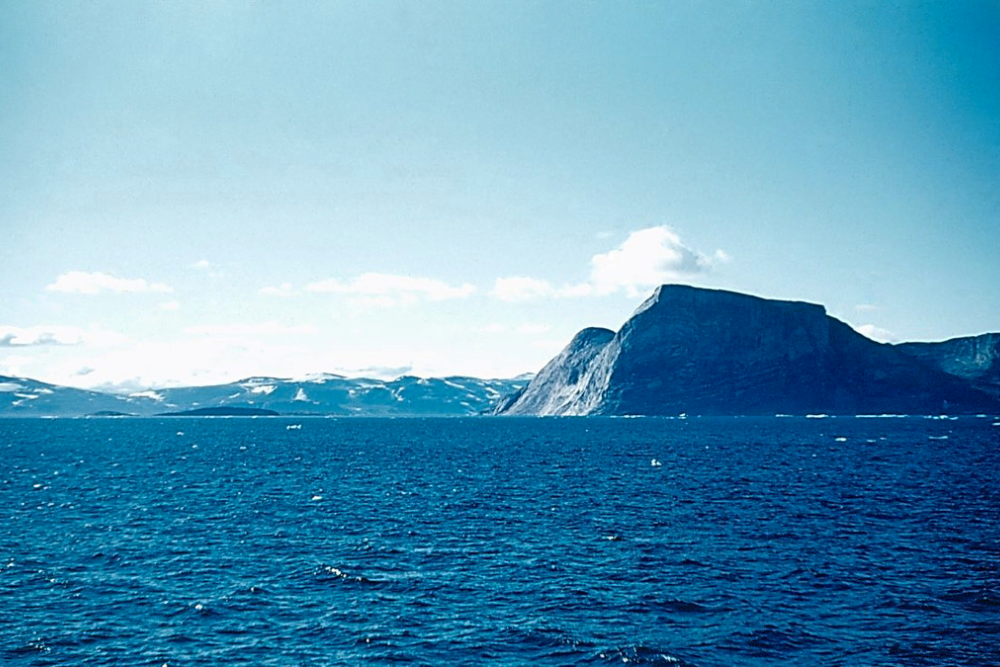
Baffin Bay is a crucial migration corridor for narwhals, belugas, and bowhead whales moving between Canadian and Greenland waters. Despite being covered by ice for much of the year, this productive marine environment supports diverse wildlife.
Summer expeditions focusing on marine mammals often spend days observing these elusive Arctic species in the nutrient-rich waters.
Severnaya Zemlya, Russia
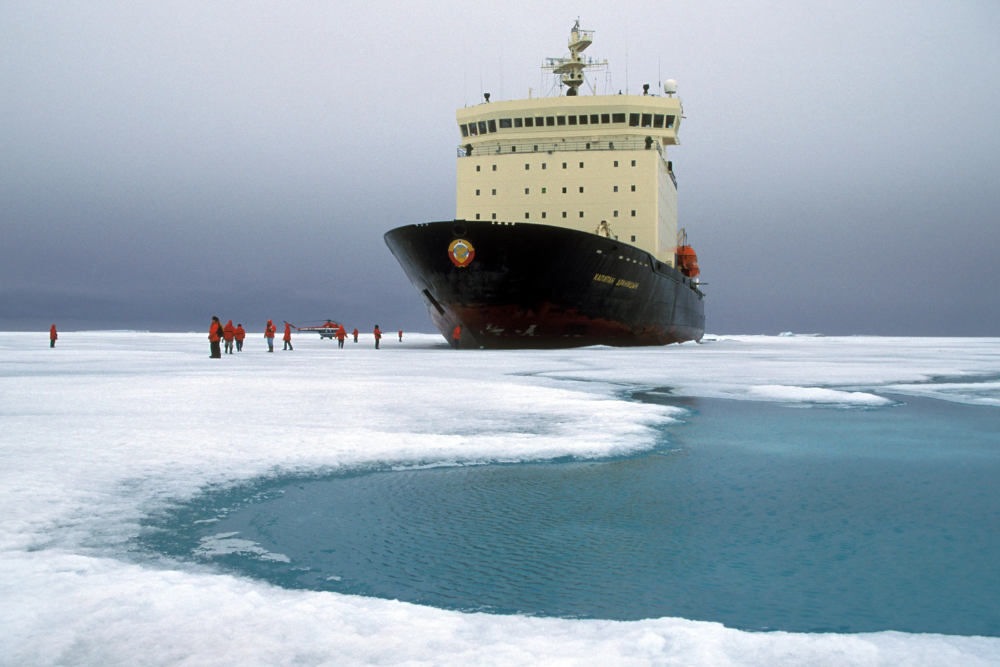
Severnaya Zemlya is one of the last major landmasses on Earth to be discovered. It remained unmapped until a Soviet expedition charted the archipelago in the early 1930s.
These islands separate the Kara and Laptev Seas and feature extensive glaciation across their terrain. Few expedition vessels venture to this remote Russian territory, where polar bears significantly outnumber human visitors.
Like Travel Pug’s content? Follow us on MSN.
Ittoqqortoormiit, Greenland
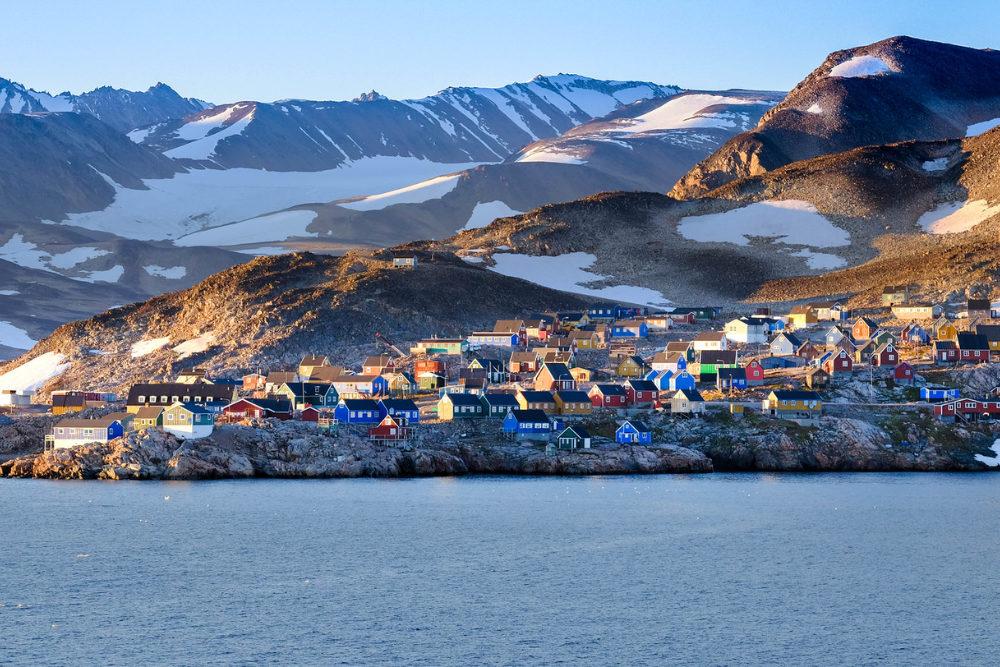
Ittoqqortoormiit is one of the world’s most isolated settlements, home to approximately 350 residents who maintain traditional hunting practices. This colorful Greenlandic community sits at the entrance to the world’s largest fjord system, surrounded by pristine wilderness.
Residents welcome the rare cruise ships that visit during the summer months, sharing insights into their unique way of life at the edge of the habitable world.
Bear Island, Norway
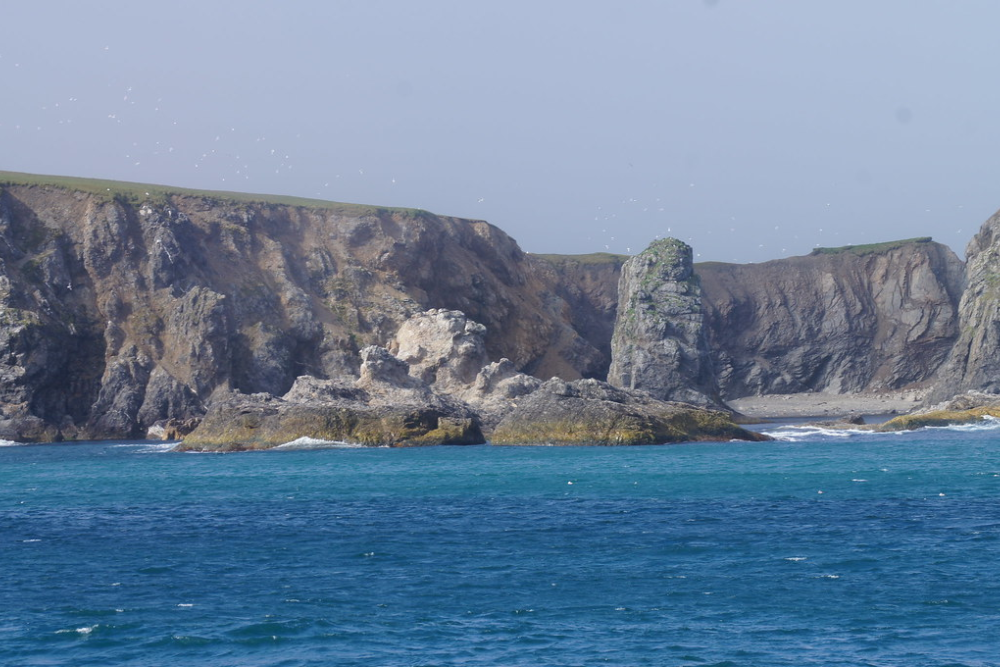
Bear Island marks the southernmost island of Norway’s Svalbard archipelago, positioned in isolation halfway between the Norwegian mainland and Spitsbergen. Dramatic cliffs over 1,700 feet from the sea provide nesting sites for millions of seabirds during the brief Arctic summer.
The island’s name comes not from polar bears but from a polar bear spotted by Willem Barentsz during its discovery in 1596.
Victoria Island, Canada
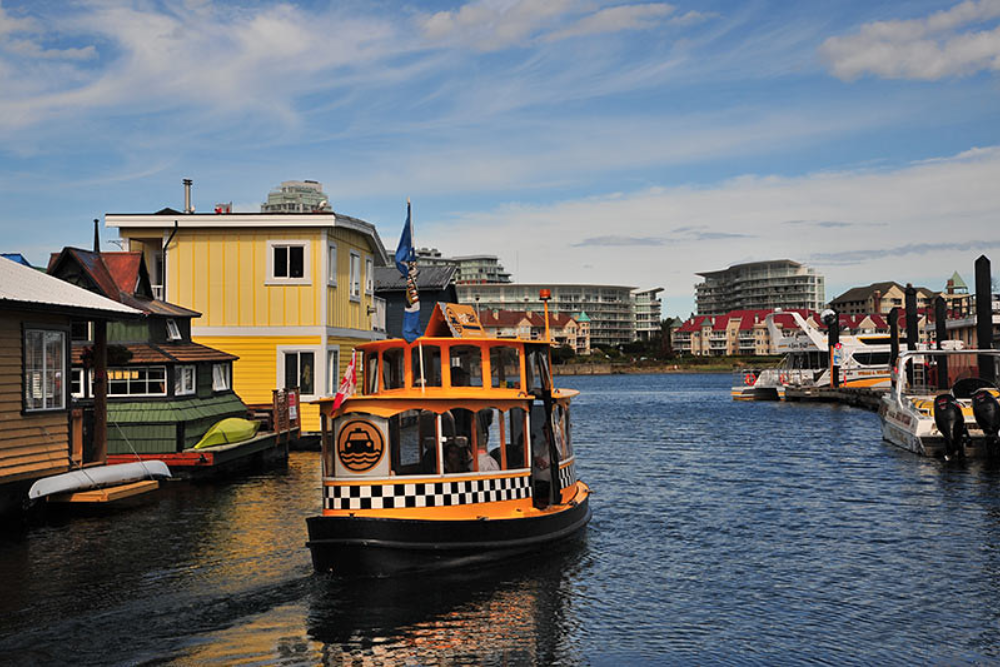
Victoria Island is the eighth-largest island on Earth, shared between Canada’s Northwest Territories and Nunavut. Archaeological sites across the island reveal evidence of Thule culture settlements dating back over 4,000 years.
Modern Inuit communities, including Cambridge Bay, welcome visitors interested in learning about traditional Arctic survival techniques and the contemporary challenges facing northern peoples.
Like Travel Pug’s content? Follow us on MSN.
Cape York, Greenland
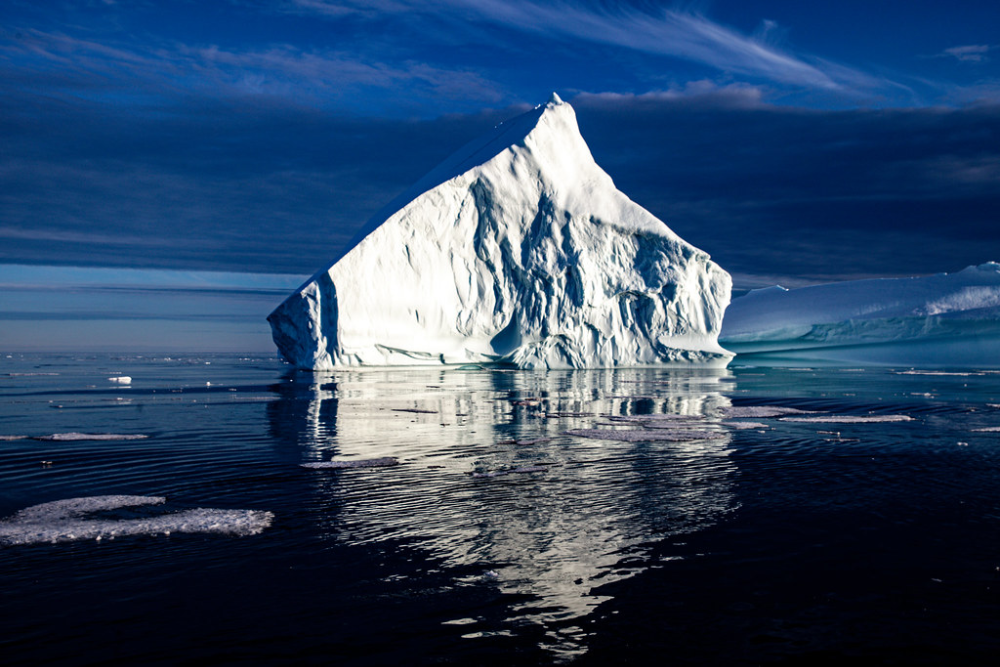
Cape York Peninsula marks the northwesternmost point of Greenland’s inhabited region, which is historically significant as the source of rare meteorites indigenous peoples use. The area was home to the Polar Inuit, who remained isolated from other Inuit groups until the late 19th century.
In this unforgiving environment, expedition landings often include visits to hunting camps where travelers witness the continued importance of traditional knowledge.
Disko Bay, Greenland
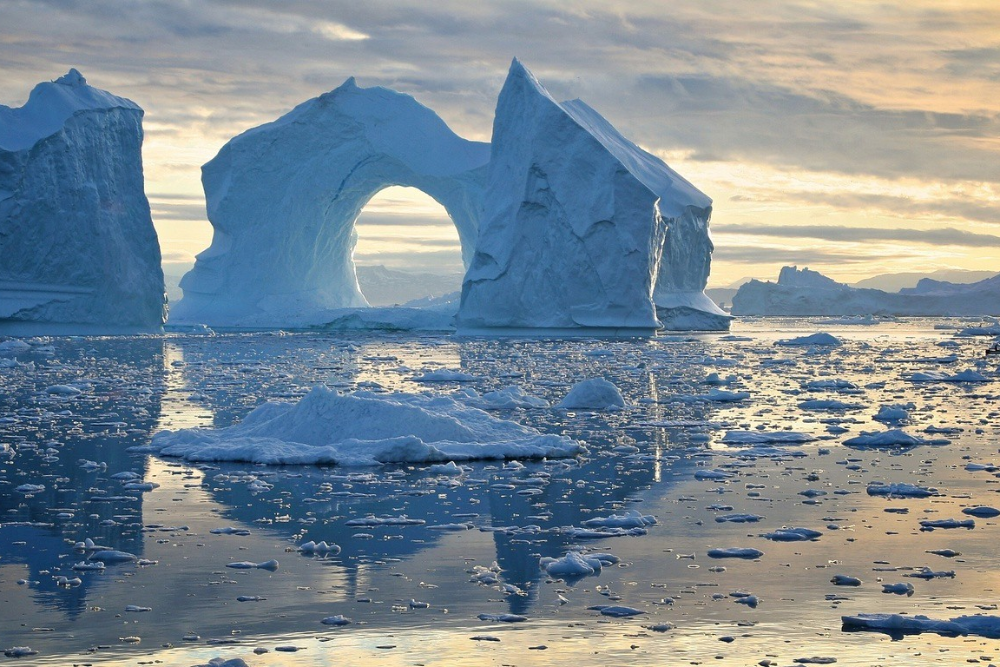
Disko Bay surrounds Greenland’s largest island, Disko Island, and features the Ilulissat Icefjord, where massive glaciers calve icebergs at an astounding rate. The UNESCO World Heritage Site produces icebergs larger than skyscrapers that slowly drift through the bay before entering the Davis Strait.
Local fishermen navigate small boats through these floating ice mountains, continuing practices that have sustained communities here for thousands of years.
White Sea, Russia

Russia’s White Sea extends deep into the European portion of the country, representing one of the most accessible Arctic cruise destinations. Medieval monasteries on remote islands preserve centuries of Russian Orthodox history and architecture.
Winter expeditions offer the rare opportunity to witness beluga whales gathering in polynyas—areas of open water surrounded by sea ice—where these ‘sea canaries’ can be observed at close range.
Like Travel Pug’s content? Follow us on MSN.
Arctic Legacy
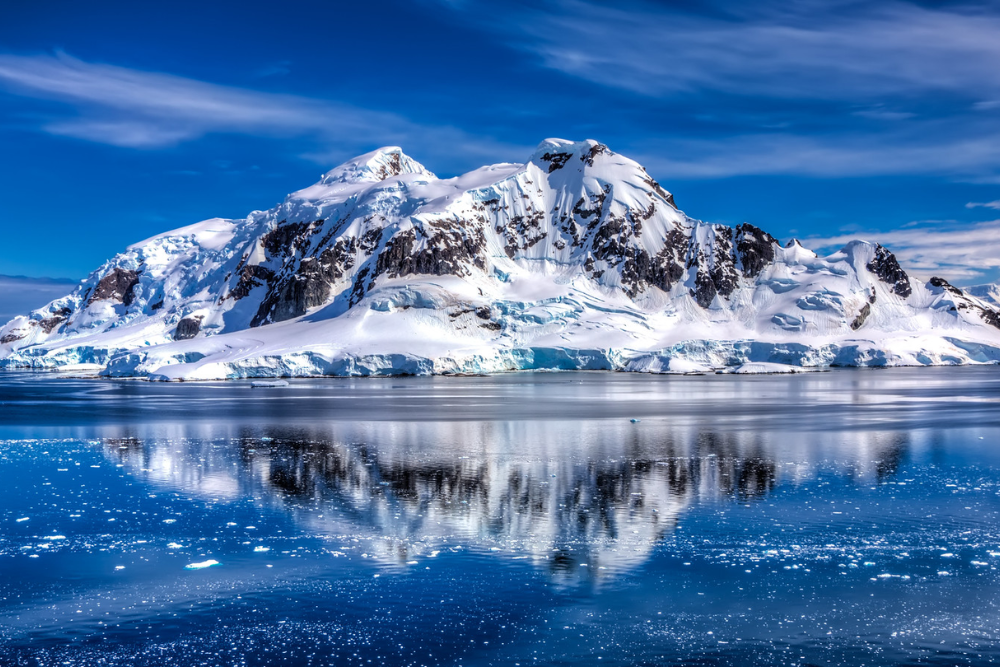
The Arctic regions represent Earth’s last true wilderness, where nature still dictates the terms of human interaction. These extreme cruise destinations offer privileged glimpses into environments that few humans will ever experience firsthand.
As climate change rapidly transforms these regions, these journeys provide adventure and a crucial understanding of fragile ecosystems at the frontline of global environmental change.
More from Travel Pug

- 20 Towns Built for One Purpose That Were Later Abandoned
- 15 Hidden Spots in Disney World’s Magic Kingdom Most Visitors Miss
- 20 Once-Popular Beach Towns That Are Now Ghostly Empty
- 20 Beautiful US Lakefront Towns Where You Can Live for Under $2000 a Month
- The 20 Most Fascinating Abandoned Places: A Journey Through Time and Forgotten Spaces
Like Travel Pug’s content? Follow us on MSN.
